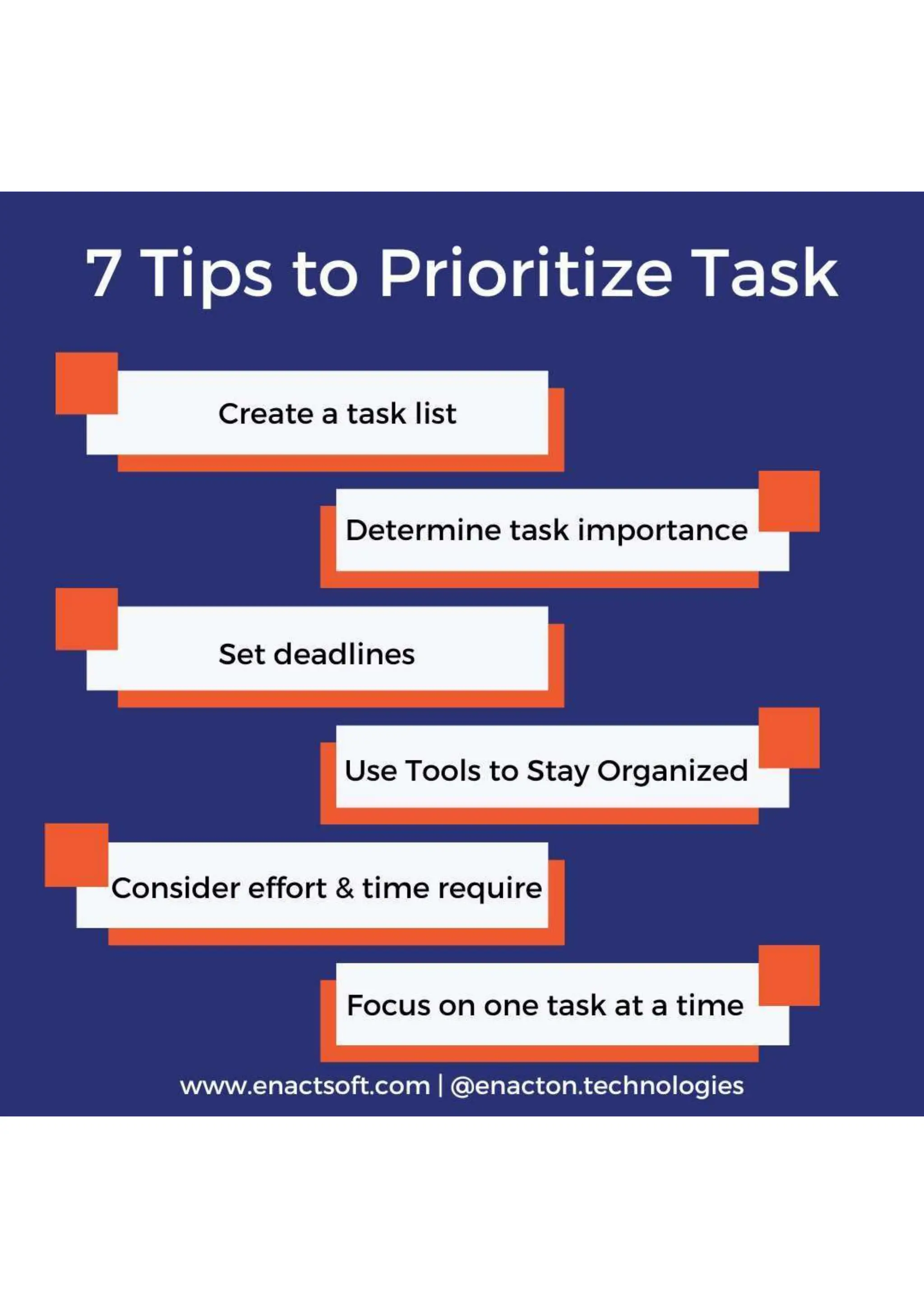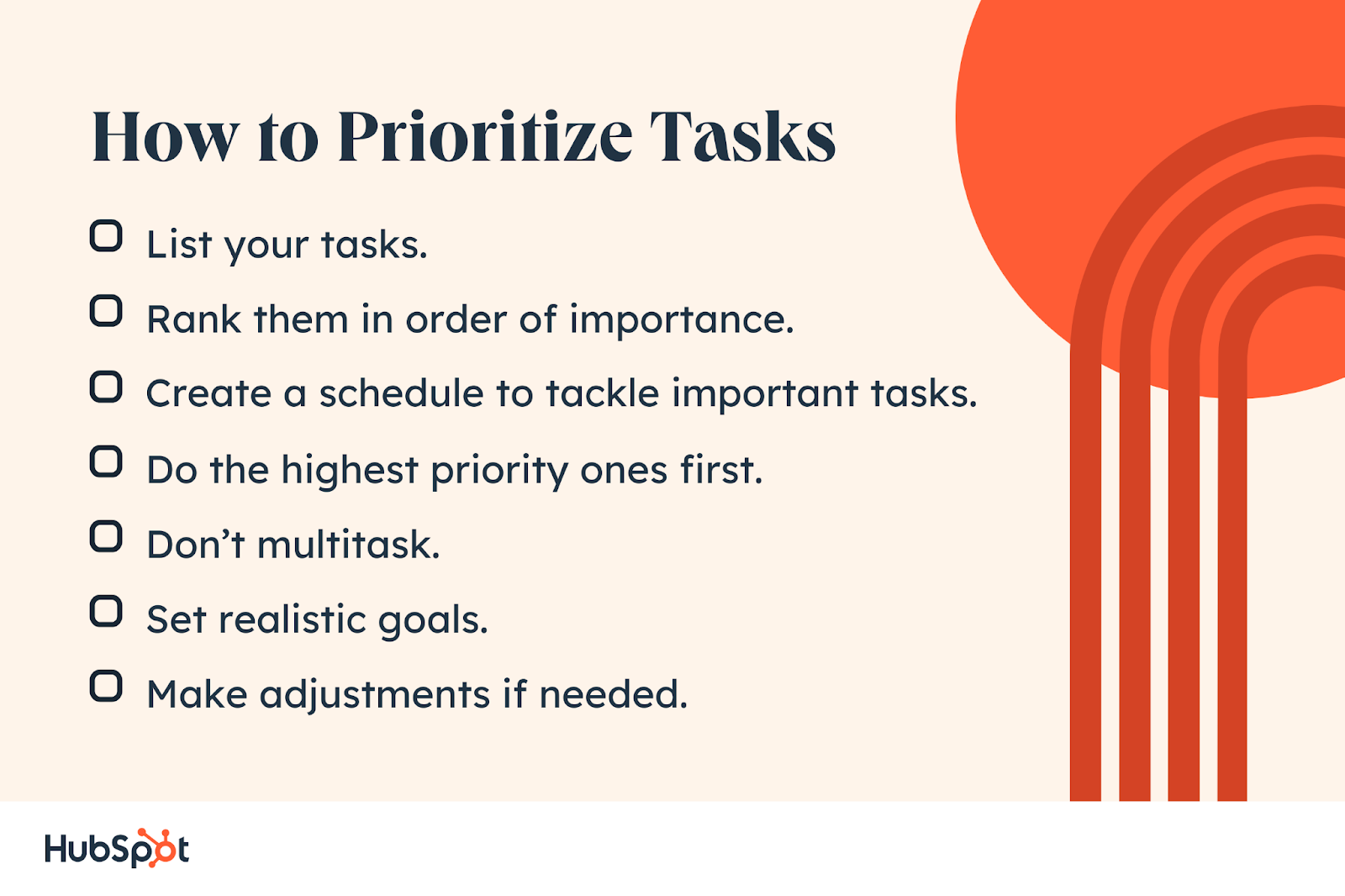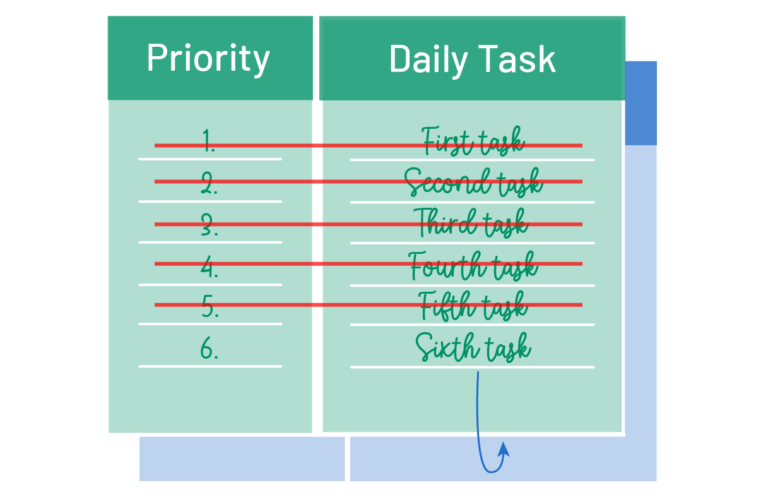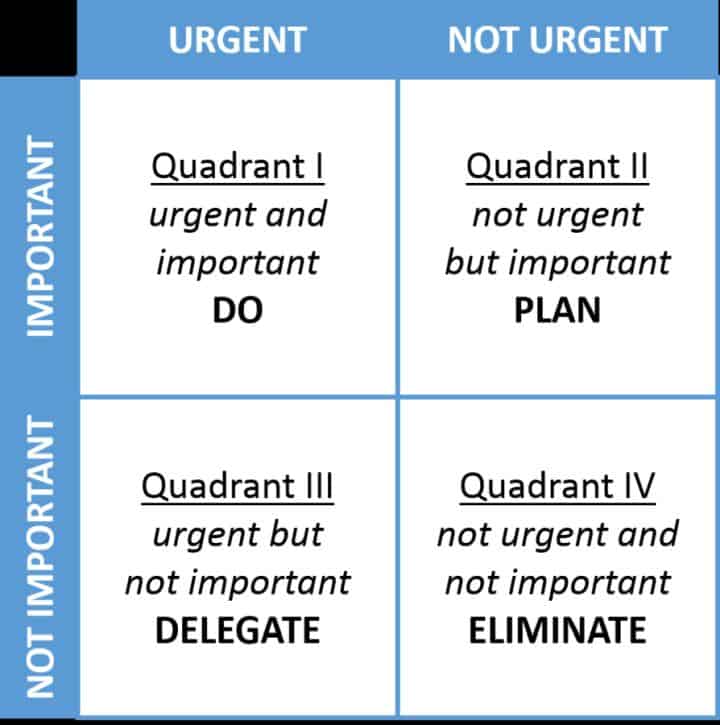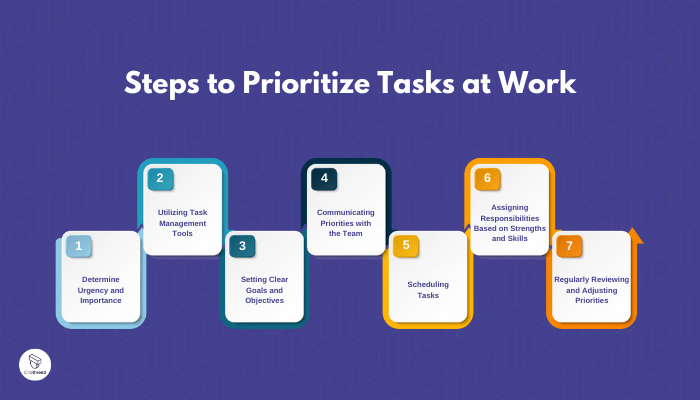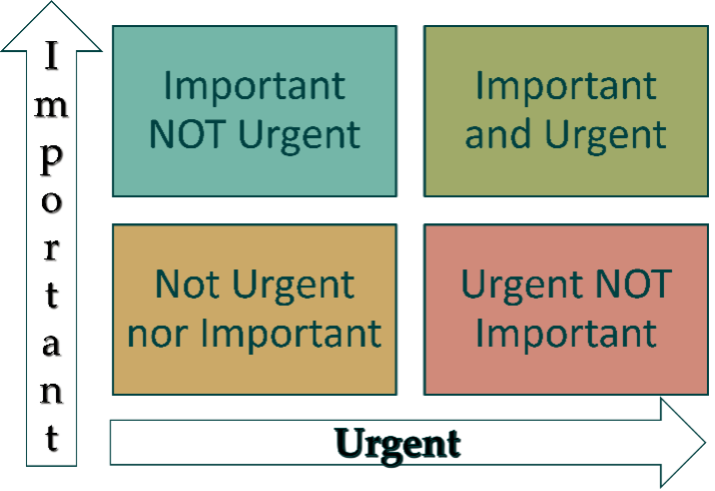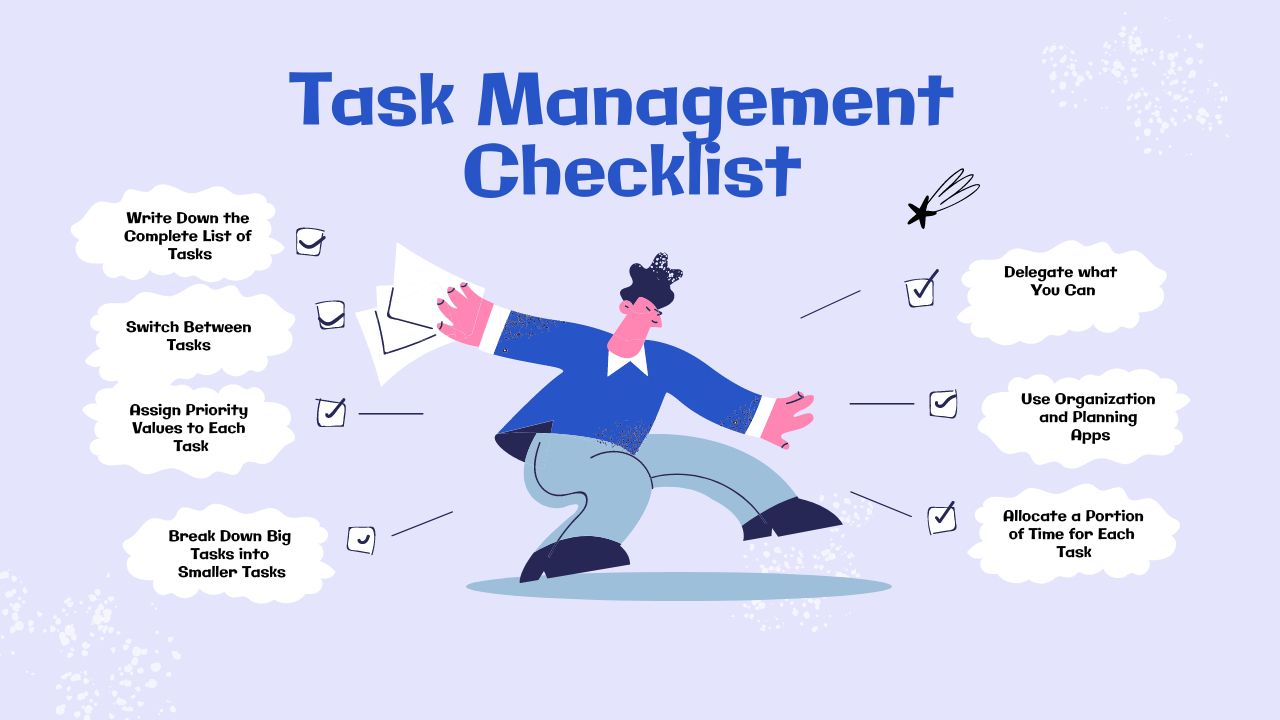What Does It Mean To Prioritize Tasks

In today's fast-paced world, the ability to effectively manage time and responsibilities is more crucial than ever. But simply having a to-do list isn't enough. The key to true productivity lies in understanding and implementing the art of prioritization.
At its core, task prioritization is the process of determining the order in which you'll tackle your various duties, projects, and commitments. It’s about identifying what's most important and urgent, and then focusing your energy on those items first. This allows for the most effective use of your time and resources.
Understanding the 'Why' Behind Prioritization
The significance of prioritization extends far beyond simply ticking off boxes on a list. It's about strategic alignment with goals. By carefully assessing the impact and urgency of each task, individuals and organizations can ensure they are dedicating their efforts to activities that contribute most significantly to their desired outcomes.
Poor prioritization, on the other hand, can lead to missed deadlines, increased stress, and ultimately, failure to achieve key objectives. This can manifest in various ways, from individual underperformance to organizational inefficiencies and lost opportunities.
Methods and Frameworks for Effective Prioritization
Several established methods and frameworks can aid in effective task prioritization. One popular approach is the Eisenhower Matrix, also known as the Urgent-Important Matrix. This method categorizes tasks based on their urgency and importance, creating four quadrants: Urgent and Important, Important but Not Urgent, Urgent but Not Important, and Neither Urgent Nor Important.
Tasks that fall into the "Urgent and Important" quadrant should be addressed immediately. Those in the "Important but Not Urgent" quadrant should be scheduled for later. "Urgent but Not Important" tasks should be delegated if possible, and tasks in the "Neither Urgent Nor Important" quadrant should be eliminated.
Another common technique is the Pareto Principle, also known as the 80/20 rule. This principle suggests that roughly 80% of effects come from 20% of causes. In the context of task prioritization, it means identifying the 20% of tasks that will yield 80% of the desired results and focusing on those first.
The Impact of Technology
Modern technology offers a wide array of tools to facilitate task prioritization. Project management software, such as Asana, Trello, and Monday.com, allow users to create task lists, assign deadlines, and track progress. These tools often include features for prioritizing tasks based on various criteria, such as urgency, importance, and dependencies.
Furthermore, many calendar applications, such as Google Calendar and Outlook Calendar, offer features for scheduling tasks and setting reminders, helping individuals stay on track with their priorities. The proliferation of these tools has made task prioritization more accessible and manageable than ever before.
Real-World Applications and Examples
The principles of task prioritization are applicable across a wide range of contexts. In the business world, project managers rely heavily on prioritization to ensure that projects are completed on time and within budget. Effective prioritization helps allocate resources efficiently and mitigate risks.
In healthcare, nurses and doctors must constantly prioritize patient care based on the severity of their conditions. This requires quick decision-making and a clear understanding of medical priorities. Similarly, in emergency response situations, first responders must prioritize their actions to save lives and minimize damage.
"Effective prioritization is not just about doing things faster, it's about doing the right things,"according to productivity expert David Allen, author of Getting Things Done.
Human-Interest Angle
Consider the story of Maria Rodriguez, a single mother working two jobs while attending night school. Maria struggled to balance her responsibilities until she learned about the Eisenhower Matrix. By categorizing her tasks and focusing on the most important and urgent items, she was able to better manage her time, reduce her stress, and ultimately succeed in her studies.
Maria's experience highlights the transformative power of prioritization in improving individuals' lives. It demonstrates that with the right tools and techniques, anyone can learn to prioritize effectively and achieve their goals.
Conclusion
Prioritizing tasks is not merely a time management technique; it's a fundamental skill for success in all aspects of life. By understanding the principles of prioritization and implementing effective methods, individuals and organizations can improve their productivity, reduce stress, and achieve their desired outcomes.
As the pace of life continues to accelerate, the ability to prioritize effectively will only become more crucial. Embracing this skill is an investment in a more productive, fulfilling, and successful future.




